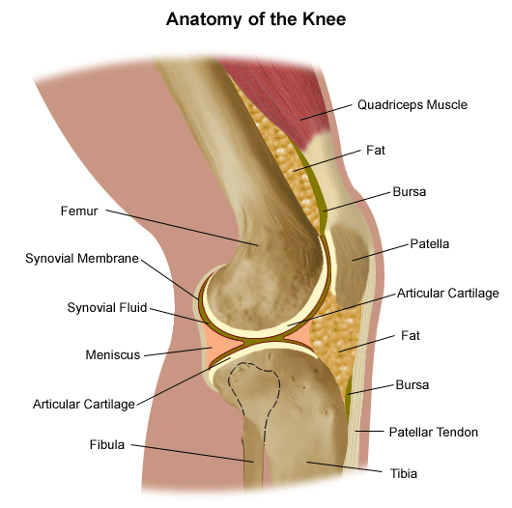
If you’ve been running for a long time or just starting out, you know that muscle soreness after a run is normal. But how normal is knee pain after running? Are you wondering how to determine if the pain is serious enough to see a doctor?
One of the most common issues we see among runners is something called runner’s knee. If you’re suffering from runner’s knee you’ll most likely feel a dull pain around the front of the knee (patella), where the knee connects to the lower thighbone (femur). Runner’s knee may be a structural defect, or caused by a particular way of walking and/or running. Other causes of runner’s knee may include:

- Excessive training or overuse
- Poor foot support (improper shoe fit)
- Tight Achilles tendons
- Tight hamstrings & calf muscles
Dr. Thomas Dwyer says “ It’s very common for runners to have tight hamstrings, which is why stretching is an important part of exercise before and after a run. If you’re experiencing pain below the kneecap it’s likely due to repetitive stress on your knee. Over time, that stress could cause patellar tendonitis.”
Runner’s knee can typically be diagnosed with a physical exam. Treatment for runner’s knee may include:
- Not running until pain goes away
- Cold compresses and elevation
- Ibuprofen to reduce inflammation and pain
Proper stretching and strengthening of the glutes and quads can help keep your knee functioning properly and prevent runner’s knee. Dr. Dwyer recommends investing in a good pair of running shoes and gradually increase your intensity and distance.
If you notice persistent pain and stiffness in your knee with everyday activities, you may want to consider scheduling an appointment with Dr. Thomas A. Dwyer, Board Certified orthopaedic surgeon specializing in arthroscopic shoulder and knee reconstruction/sports medicine. CALL or TEXT 856.690.1616 or Request an Appointment via our website form.

